11 Mar
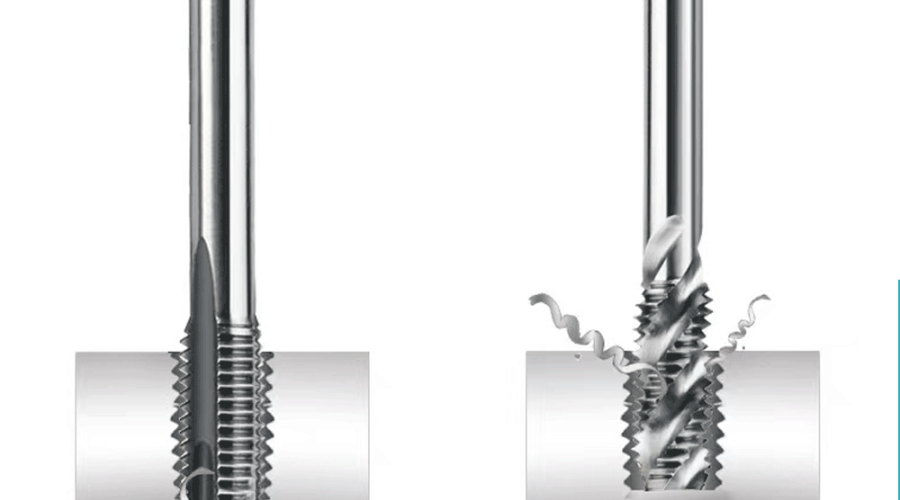

Posted by
0 Comment(s)
480 View(s)
Solution for taps and drill bits broken in threaded holes:
- Inject some lubricating oil, use a pointed awl or chisel to tap slowly in the opposite direction on the fractured surface, occasionally pouring iron shavings (the most commonly used method in workshops, but may not be suitable for small-diameter threaded holes or excessively long broken taps; however, it can be attempted).
- Weld a handle or hexagonal nut on the cross-section of the broken tap, then gently rotate it out (a good method, but welding can be troublesome, and it may not be suitable for small-diameter taps).
- Use a specialized tool: tap extractor. The principle is to connect the workpiece and tap to positive and negative electrodes, pour electrolyte in between, causing the workpiece to discharge and corrode the tap, then assist with needle-nose pliers to remove it, causing minimal damage to the internal hole.
- Place a steel roller on the crack of the tap and tap slowly with a small hammer. Taps are relatively brittle, so tapping until it breaks into fragments, or a simpler method is to drill and ream the threaded hole of the broken tap, then re-drill and tap (this method is a bit brutal, and may not work well for small-diameter taps or can be tiring for larger diameters).
- Weld the threaded hole of the broken tap flat, then grind it flat, drill a hole again. Although it is difficult, it can gradually be drilled through (if the threaded hole can be relocated, it is recommended to drill and tap next to the original hole).
- Chisel a cross-shaped groove on the cross-section of the broken tap, then use a screwdriver to unscrew it in the reverse direction (chiseling the cross-shaped groove is difficult, especially for small-diameter taps).
- Enlarge the threaded hole of the broken tap, then embed a steel wire helix or dowel, weld it, grind it flat, drill a hole again, and tap it. This method, though troublesome, is practical and suitable for taps of any size.
- Use electric pulses to break it, either by electric sparks or wire cutting. If the hole is damaged, you can enlarge it and insert a steel wire helix or dowel, then weld it, grind it flat, drill a hole again, and tap it. This method is a bit cumbersome, but effective, regardless of the tap size.
- Make a simple tool and insert it into the chip slot of the broken tap cross-section, carefully unscrew it in the reverse direction. For example, use a broken tap with a square tenon, screw two nuts onto it, insert a steel wire (the same number as the chip slot of the tap) into the empty slot of the broken tap and nuts, then use a hinge lever to turn the tenon in the exit direction to remove the broken tap (the main idea of this method is to clear the chip slot of the broken tap, using a steel wire, preferably a steel needle, to make a dedicated wrench for removing broken taps. Of course, if broken taps frequently occur in the workshop, it is better to make such a tool wrench).
- Nitric acid solution can corrode high-speed steel taps without scrapping the workpiece.
- Use acetylene flame or blowtorch to anneal the tap, then use a drill bit to drill. At this time, the drill diameter should be smaller than the bottom hole diameter, and the hole should be drilled in the center to prevent damaging the thread. After drilling the hole, insert a flat or square punch and unscrew the tap with a wrench.
- Use a pneumatic drill to reverse it, relying on the sense of touch, as it does not directly drill out the tap, but uses slow speed and a bit of friction (similar to a semi-clutch in a car) to make the tap turn out.
- Use a grinding wheel to grind the broken part of the tap, then use a small drill bit to drill, gradually switching to larger drill bits until the tap is gradually removed. After removal, use the original size tap to re-thread, with the advantage of not increasing the hole diameter.
- Weld an iron rod onto the embedded object, then unscrew it. (Disadvantages: a. Too small embedded objects cannot be welded; b. High welding skill is required, easy to burn the workpiece; c. The welding point is easy to break, and the chance of removing the embedded object is very small.)
- Use a conical tool harder than the embedded object to pry it out. (Disadvantages: a. Only suitable for brittle embedded objects, break the embedded object into pieces, and then slowly remove them; b. Unable to remove embedded objects too deep or too small; c. May damage the original hole.)
- Make a hexagonal electrode smaller than the embedded object, use an electric spark machine to process a hexagonal counterbore on the embedded object, then use an internal hexagon wrench to unscrew it. (Disadvantages: a. Useless for rusted or stuck embedded objects; b. Useless for large workpieces; c. Useless for too small embedded objects; d. Time-consuming and troublesome.)
- Directly use an electrode smaller than the embedded object, use an electric spark machine to strike. (Disadvantages: a. Useless for large workpieces, unable to fit into the electric spark machine table; b. Time-consuming; c. Easy to accumulate carbon when too deep, making it difficult to continue drilling.)
- Use an alloy drill bit to drill. (Disadvantages: a. May damage the original hole; b. Useless for hard embedded objects; c. Alloy drill bits are brittle and easy to break.)
- Now there is a portable machine tool designed and manufactured based on the principle of electric processing, which can easily and quickly extract broken screws, taps, and drill bits.
- If the screw is not too hard, you can flatten the end face, find the center, punch a small point, use a small drill bit to drill vertically, then use a tap extractor to unscrew it in the reverse direction.
- If you cannot buy a tap extractor, use a larger drill bit to continue enlarging the hole. When the hole diameter is close to the screw, some threads may not hold and fall off. Remove the remaining thread teeth, then use a tap to re-thread; this method has the advantage of not increasing the hole diameter.
- If the screw thread is exposed to a certain length and the mechanical material has a not too low melting point, you can weld an elongated T-bar above the screw using electric welding. This way, the screw can be easily unscrewed from the welded bar.
- If the screw is severely rusted and difficult to handle with the above methods, it is suggested to heat it red with fire, add a little lubricating oil, and then process it in the corresponding way.
- After numerous efforts, although the screw is removed, the hole is now useless. It's better to drill a larger hole and tap it. If the original screw position and size are restricted, you can insert a larger screw, or directly weld and tap. However, threading after welding may be difficult due to internal metal.
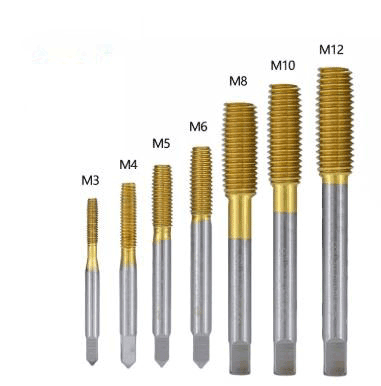
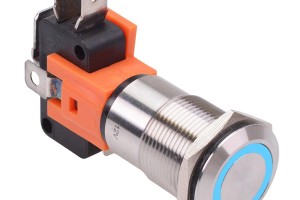
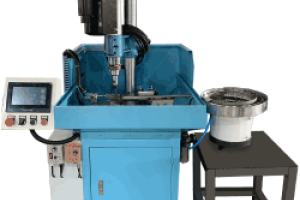
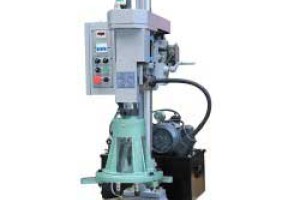
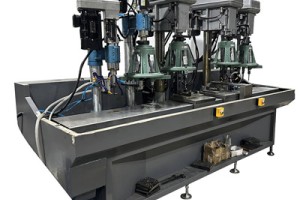
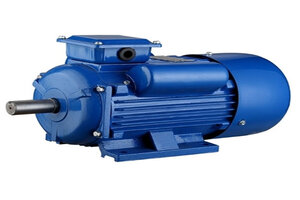
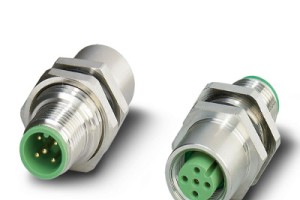
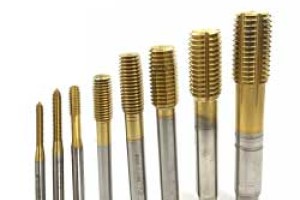
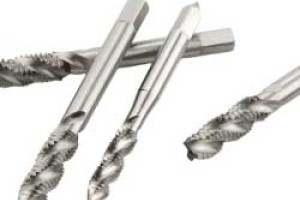
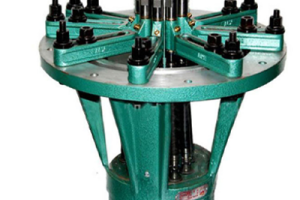
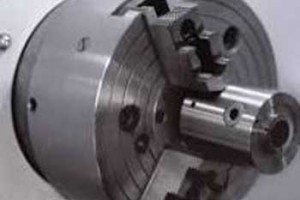
Leave a comment